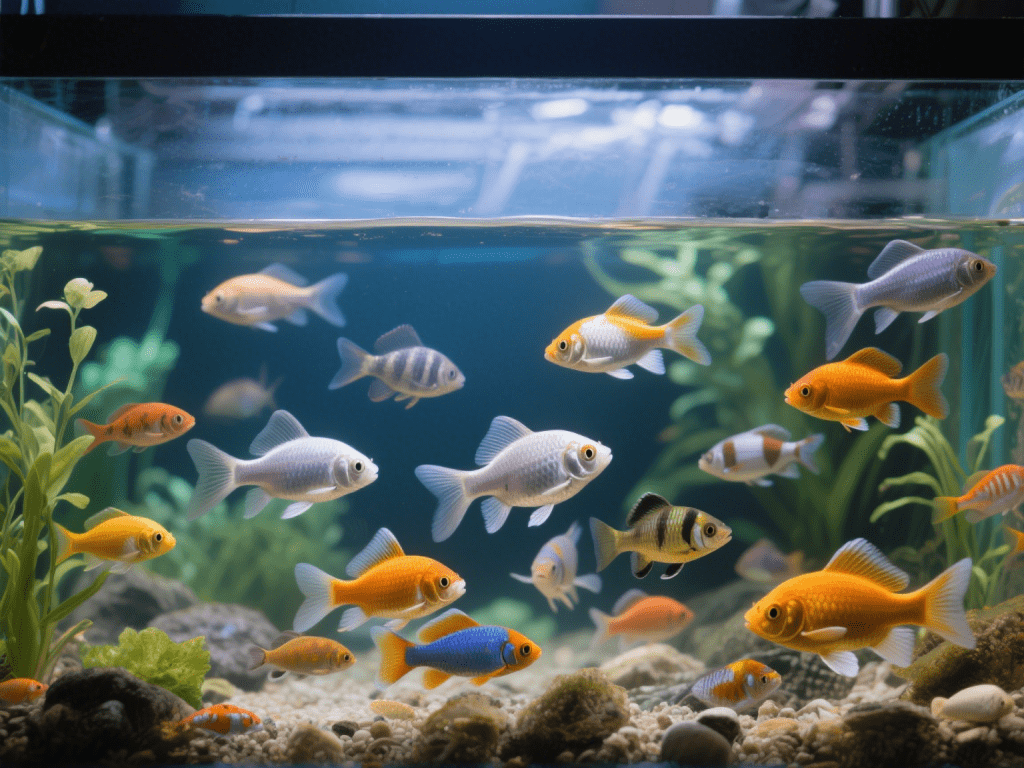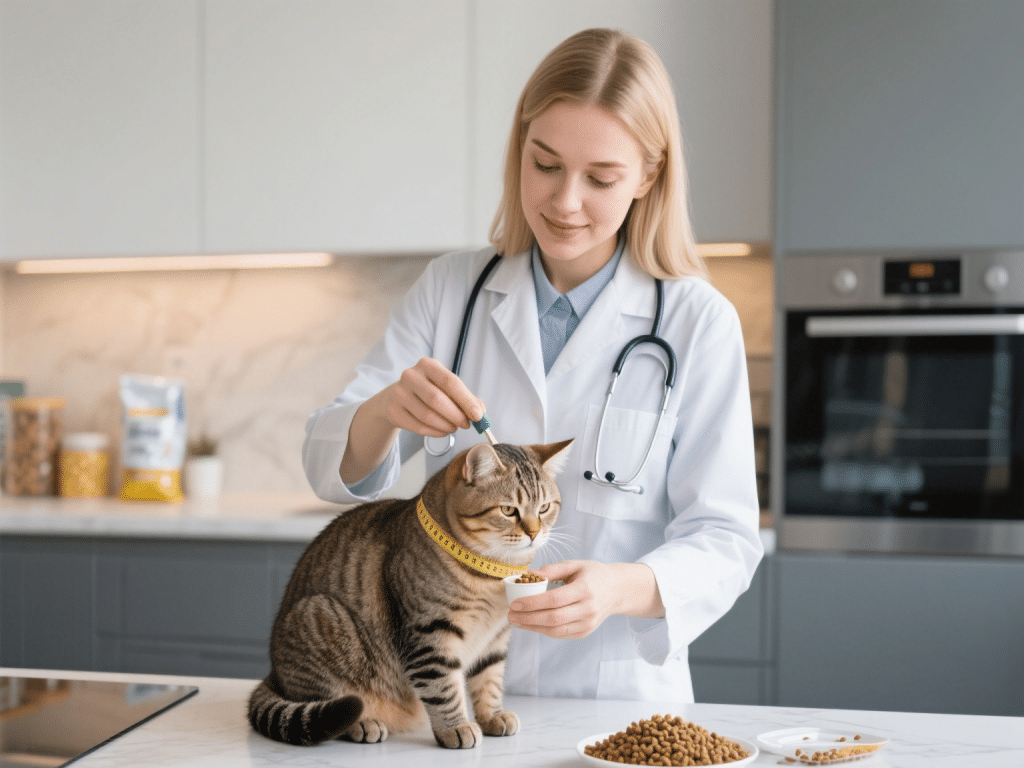
Unlike inert reptile scales, turtle scutes periodically exfoliate in a complex molt process. As a reptile vet consultant, I’ve guided owners through normal and problematic molts. Here’s what every aquatic turtle keeper must know.
1. Understanding the Molt Cycle
Turtles shed outer scute layers in patches over several weeks—this natural process renews the shell surface. Expect heavier shedding after brumation or rapid growth phases.
2. Environmental Triggers and Support
Optimal temperatures (78–82°F water, 90–95°F basking) and balanced UVB lighting stimulate healthy shell turnover. Seasonal humidity also influences molting duration.
3. Dietary Foundations for Molt Health
A calcium‑rich diet (leafy greens, cuttlebone) plus trace minerals (via reptile multivitamin dust) supports robust new scute growth. Protein should remain moderate to avoid pyramiding.
4. Normal vs. Abnormal Shedding
Normal: Thin, translucent flakes coming off in small, discrete pieces.
Abnormal: Thick, yellowed scutes, retained scute syndrome, or foul odor indicate infection.
5. Encouraging Complete Shedding
Gentle soaking in lukewarm, shallow water for 20 minutes helps loosen scutes. Use a soft toothbrush during soak to assist removal—never pry scutes off.
6. When to Seek Veterinary Care
If retained scutes cover >25% of the shell, or if you observe redness, soft spots, or discharge, schedule a shell debridement under sedation to prevent abscess formation.
7. Post‑Molt Shell Conditioning
Apply a reptile‑safe topical antiseptic (e.g., diluted chlorhexidine) on newly exposed areas. Ensure basking platform is clean and dry to avoid damp‑related infections.
8. Long‑Term Shell Maintenance
Maintain substrate cleanliness, keep water quality pristine, and monitor UVB bulb replacement every 6–12 months. A healthy shell is the hallmark of a thriving aquatic turtle.










